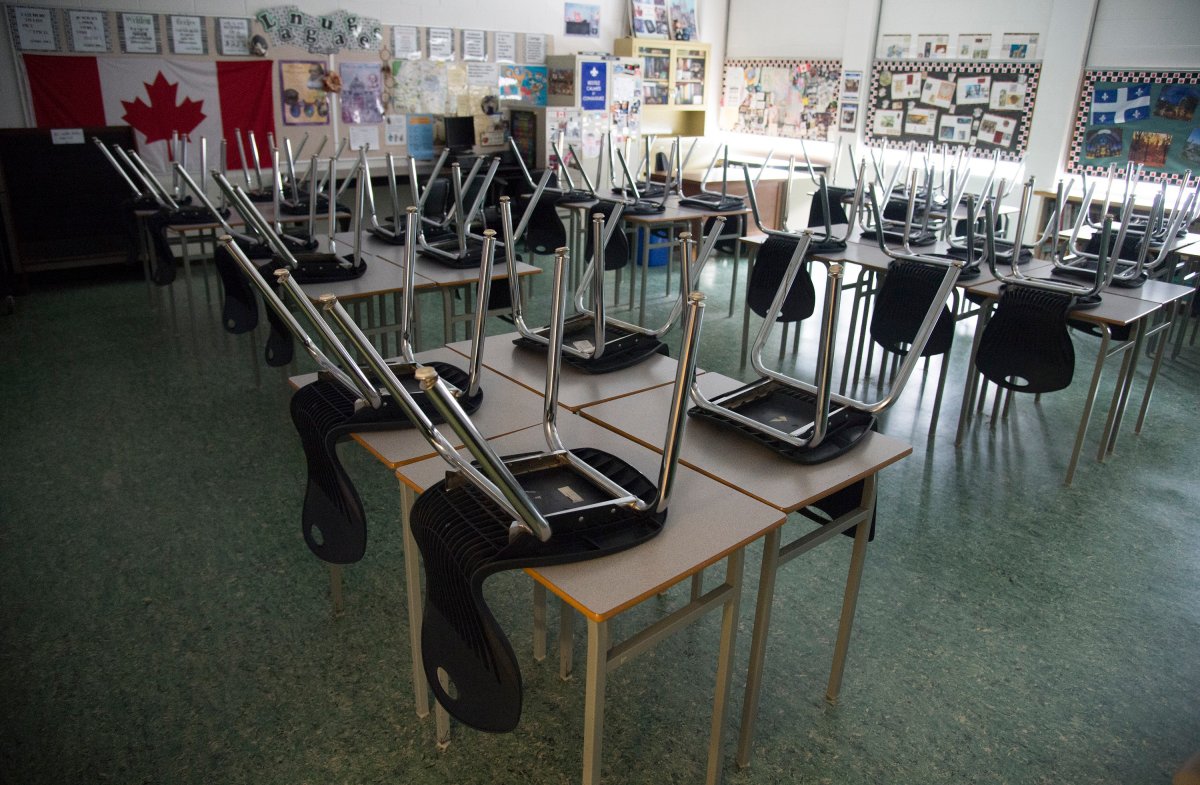Central Okanagan classrooms and schools have yet to see any functional closures despite soaring COVID-19 rates across the valley.

From Jan. 16 to Jan. 22, according to the BC Centre for Disease Control, there were 962 cases of COVID-19 reported in the Central Okanagan. It’s a a significant number considering the difficulty many have reported in accessing tests.
As of Friday, however, there had been only five letters issued in the Central Okanagan school district indicating that classrooms have seen a higher than usual number of absences, superintendent of schools Kevin Kaardal said.

No classes have been sent home yet, however, and there have been no functional closures in School District 23, which spans from Peachland to Lake Country. In the South and North Okanagan, there have been more of these letters and closures have followed.
The letters have taken the place of exposure notices that parents may have gotten used to in the last couple of years.
“We are no longer able to do case and contact followup as we were doing before because the Omicron variant is more transmissible and has spread beyond what our capacity to do the contact tracing is, and also because of the shorter incubation period, contact tracing is no longer an effective measure,” medical health officer Dr. Silvina Mema said in an interview last week.

Get weekly health news
“By the time that we contact individuals, they already developed symptoms … so we had to change the way we were doing this and we have moved to use thresholds of school absenteeism.”

Mema said when school thresholds for absences are met, schools send out letters and when needed Interior Health will follow up and issue a medical health officer letter that will convey to the parents the epidemiology that health officers are seeing in that particular area. There have been five of these letters issued from the health authority across the entire Southern Interior and health workers are monitoring schools closely.
For those who are concerned, Mema had some reassurances, including that the virus does not seem to be transferring in a school environment where safety measures are in place. Also, the effects of the Omicron variant of COVID-19 are still lesser.
“We are monitoring hospitalizations and severe outcomes from COVID among children (have not) come up despite this higher level of transmission,” she said. “We do see that people are being hospitalized for other reasons, and they test positive for COVID, which is an incidental finding. It’s not a hospitalization directly attributable to COVID.”
Vaccinations are also making a difference.
“Now (it’s) a virus that is more transmissible, which means it’s everywhere and people can get exposed and catch it much more easily than before, but it’s a less viral virus — it doesn’t make you as sick as it did before,” she said.
“So it’s more common to find these incidental cases in the hospital.”
Mema said vaccinations are helping in this regard but the uptake among five- to 11-year-olds is lower in the Okanagan than the rest of B.C., showing a similarly slow pattern of vaccination to adults.









Comments